Frequently Asked Questions
Manufacturing

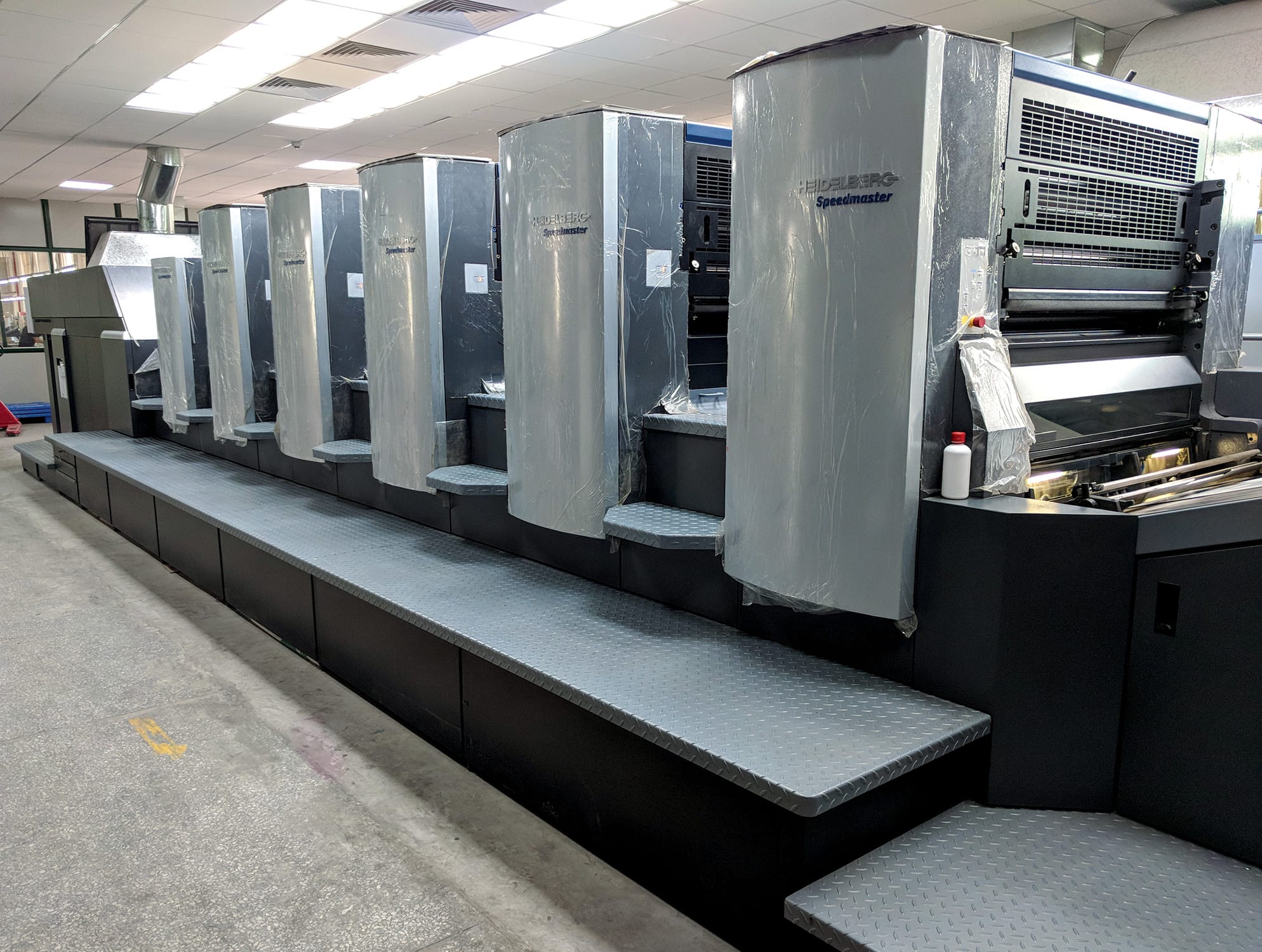
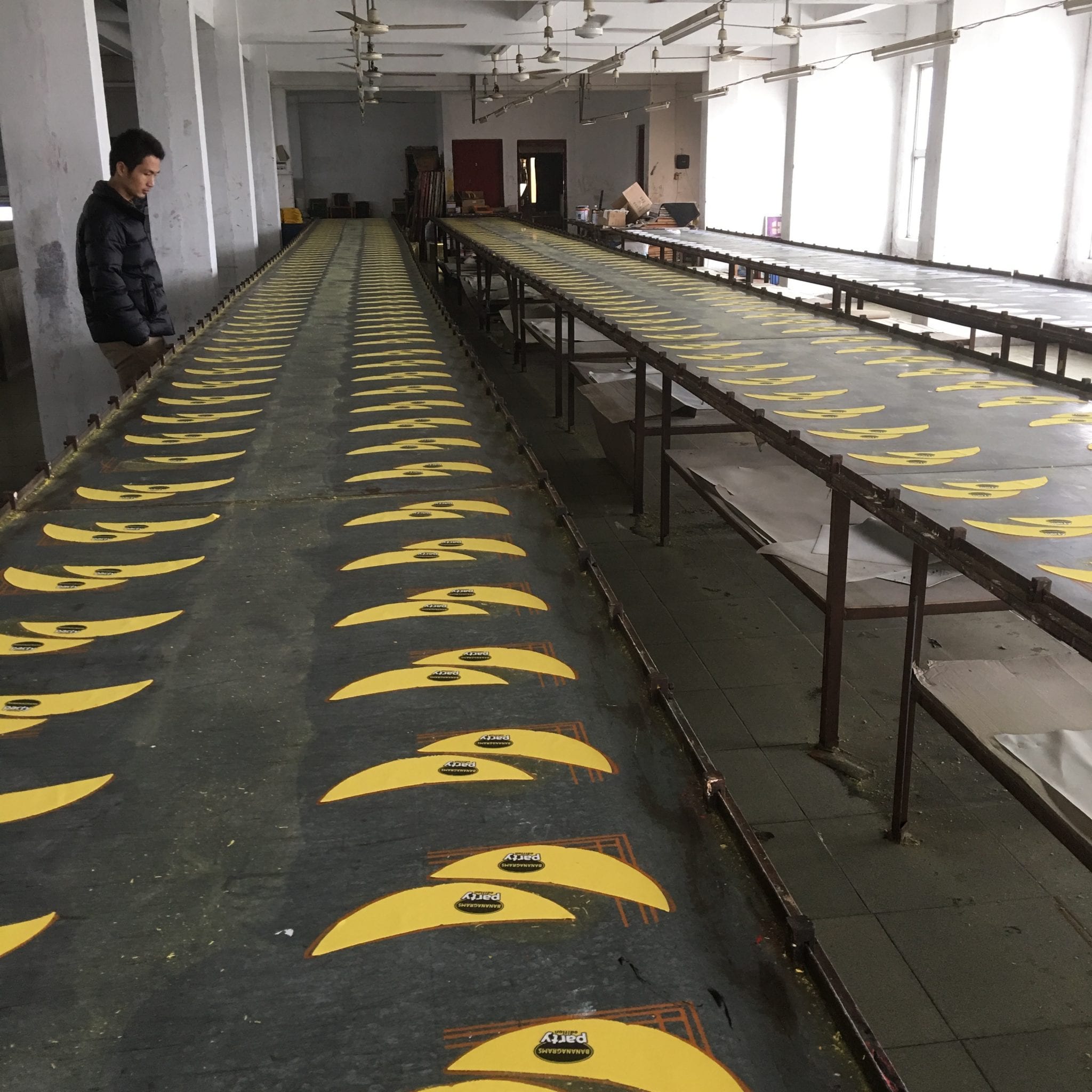
How long does it typically take to manufacture a product?
The total timeframe for manufacturing a product can be divided into basically three sections: preproduction set up, manufacturing, and then shipping. Once you provide us with your finished artwork files and all project specifications have been finalized, the preproduction setup phase can run from 21-45 days, depending upon whether or not molds need to be constructed, artwork needs to be changed, etc. Once all the preproduction samples of all components have been approved and manufacturing can begin, this phase usually runs 30-60 days, depending upon the production quantity, types of components to be produced, etc. After the manufacturing and assembly have been completed and the goods are ready to be delivered to the overseas shipping port, the freight forwarding timeframe is approx. 40 days, depending upon the destination.
What about quality control inspections?
Quality control inspections are very much a standard part of our project management process. The factory personnel that we work with adhere to product quality levels and quality control inspection procedures that are defined by the American Nationals Standards Institute (ANSI). These standards are widely accepted throughout the Toy and Game Industry. Our quality control criteria are specifically defined in all of our manufacturing proposals.
I need custom plastic pieces. Is this possible?
Yes. Custom plastic pieces require custom molds. The design of the piece determines how many molds will be required, the complexity of the mold, and therefore the cost. Also, the production volume sometimes plays a role in the size of the mold. In other words, we’ll design a mold that takes into consideration the number of pieces to be produced in a typical manufacturing timeframe. In rare instances, multiple molds need to be produced for components that are extremely high in production volume. That way, the manufacturing timeline does not get too extended.
What is silk screen printing?
Silk screen printing is a very old style of printing. It uses a very thin metal screen that has the image to be printed etched onto it, and throughout the image, there are microscopic holes in a standard pattern that allow the ink to flow through the screen and onto the fabric, paper, or plastic component. Printing on fabric is most typically performed with silkscreen printing.
What is pad printing?
Pad printing, also called tampo printing is also a very old style of printing. It essentially uses a silkscreen printing process to apply ink to an image on a thin metal screen, but then a soft silicone pad (think of a very large soft pencil eraser) presses down on the image which transfers the ink onto the pad. The pad then moves by automated machinery over the component to be printed on and applies the ink to the component. The benefit of using pad printing is that it enables printed images to be applied to very small areas, or areas on a component that is hard to reach with other printing processes.
My game needs pawns, dice, sand timers, spinner arrows, etc. Do I have to create new tooling for these items?
This is one of our specialties. We own a very large inventory of molds that will produce:
- Dice (many sizes and styles)
- Polyhedrals
- Pawns
- Chips
- Sand timers
- Spinner Arrows
- Dice Cups
- Dominoes
- Lots more!
Talk to us about what you’re looking for, and we’ll let you know if we already have the molds that will that component. This is a great way to save a lot of money on upfront tooling costs!
My game requires wood components. Is this a problem?
No. We work very closely with a few factories that can produce wood components. Whether it be letter tiles, wooden boxes, meeples, houses, and hotels, etc. we can get them produced for you.
Do you make toys?
Santa isn’t the only one who makes toys¦ We’re really well versed in making all sorts of products in the Toy & Game Industry. We can produce products that require plastic molding, printing, electronics, textiles, wood, metal, and a host of other materials.
Working With GPI
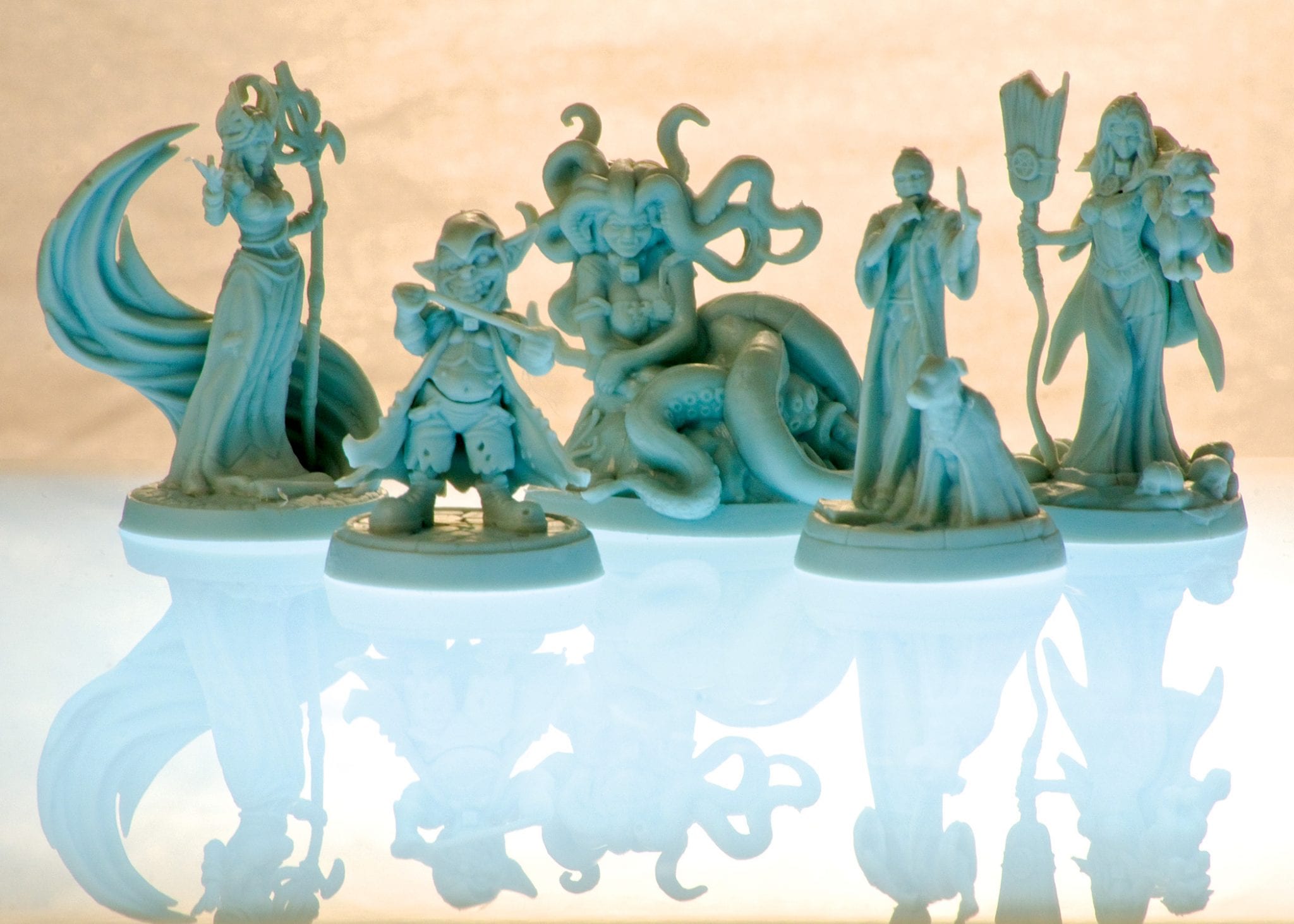


How do I get a cost estimate?
We can provide you with a manufacturing cost estimate based on the details you have on your product. But remember the old garbage in / garbage out adage. Our best ability to be able to provide you with an accurate manufacturing cost estimate is heavily influenced by the details you are able to provide us with about your project. This includes details on all of the components of your project, the time frame when you need to have completed inventory on hand, your planned production volumes, etc. Don’t worry if you don’t have everything finalized just yet- we can help you decide what materials to use, how components can best be assembled into the retail packaging, and even what style of packaging may be most appropriate for maximizing sales opportunities with retailers.
What makes GPI different?
Our project management process, our manufacturing experience, and our attention to detail. We have been producing products in China for many years, and our team of project managers is very experienced with all types of manufacturing. Plastic molding and printing are a specialty of ours. We are very detail oriented with such issues as component specifications, production scheduling (understanding your timeframe requirements), and quality requirements. We’ve found that this attention to detail well in advance of product manufacturing is one of the best ways to avoid misunderstandings, problems, and delays.
Where is GPI located?
We have offices in Springfield, Massachusetts and Chai Wan, Hong Kong.
What are GPI's payment terms?
Our standard terms are based on:
- Payment in advance for preproduction setup (molds, printing plates, die cut tooling, etc.)
- A deposit paid on commencement of manufacturing, with the balance due at the time of approval of final production samples.
Where do you manufacture?
Mainland China. This is where the majority of manufacturing for the Toy & Game Industry is conducted.
What about sourcing? Can you find standard products or components with any factories in China?
Usually. Let us know what you’re looking for, and we can contact our network of factories. Many times we can find just the right thing you need!
What are your payment methods?
Payment methods include:
- Cash (briefcases or brown paper bags handed off at night in parking garages preferred)
- Wire transfer
- ACH (direct) deposit
- Personal or business checks
Shipping
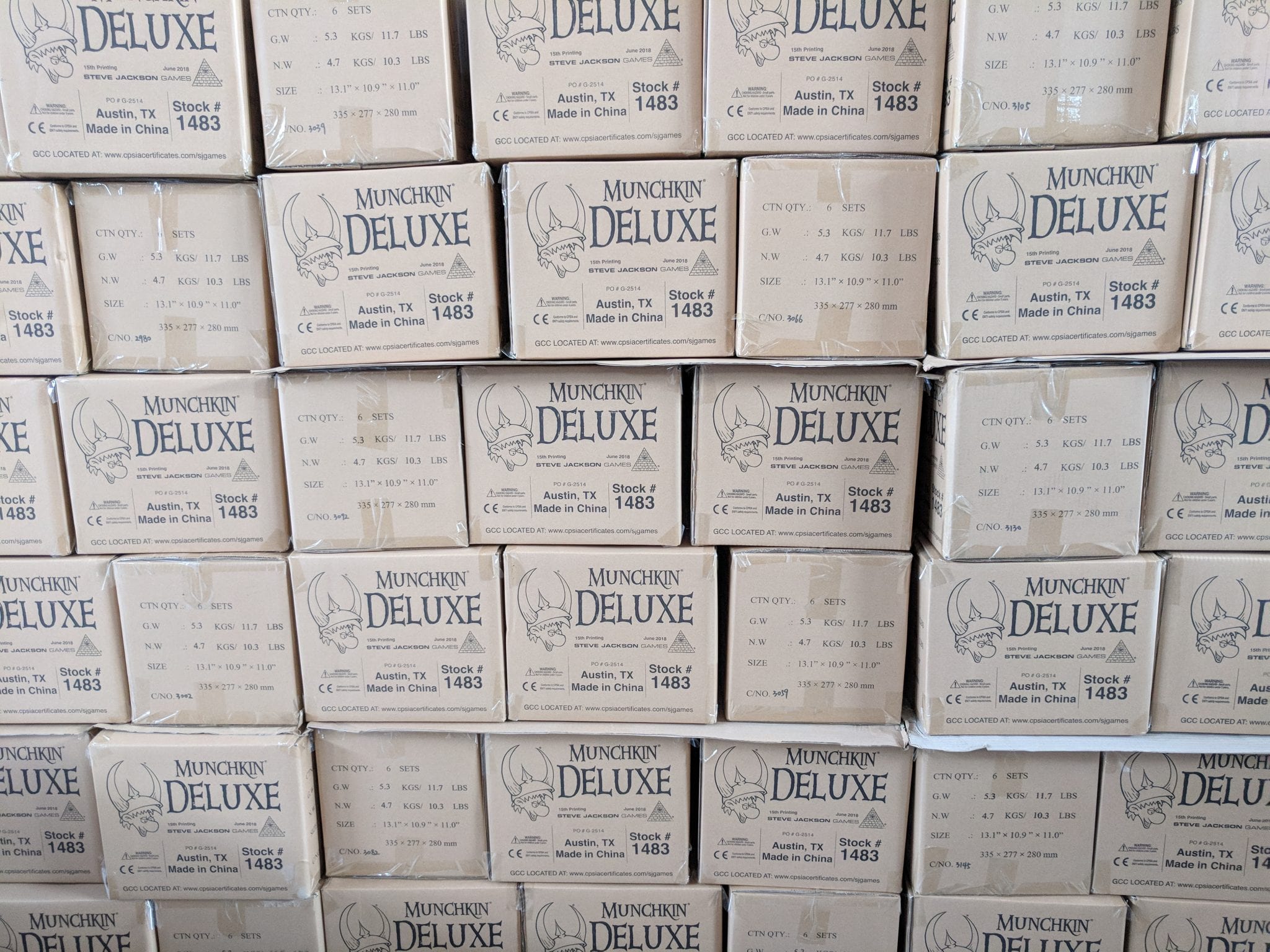
How much does shipping cost?
Shipping costs change frequently and there are numerous cargo factors to consider. We are able to offer competitive shipping rates through our partnership with several ocean and air forwarders. While the actual shipping price won’t be confirmed until near the time of shipment we can offer you shipping estimates to help you plan.
Where can my product be shipped?
We are able to ship to warehouses and fulfillment centers worldwide. We do not ship to residential addresses due to potential local restrictions on trucks.
How many shipments can my product be split into?
The quoted production cost you receive from us includes a single delivery of the product to the ocean terminal. If you need product split into several shipments we can accommodate that, letting us know during the quoting process is best. Additional delivery charges may apply for additional shipments.
Art Files
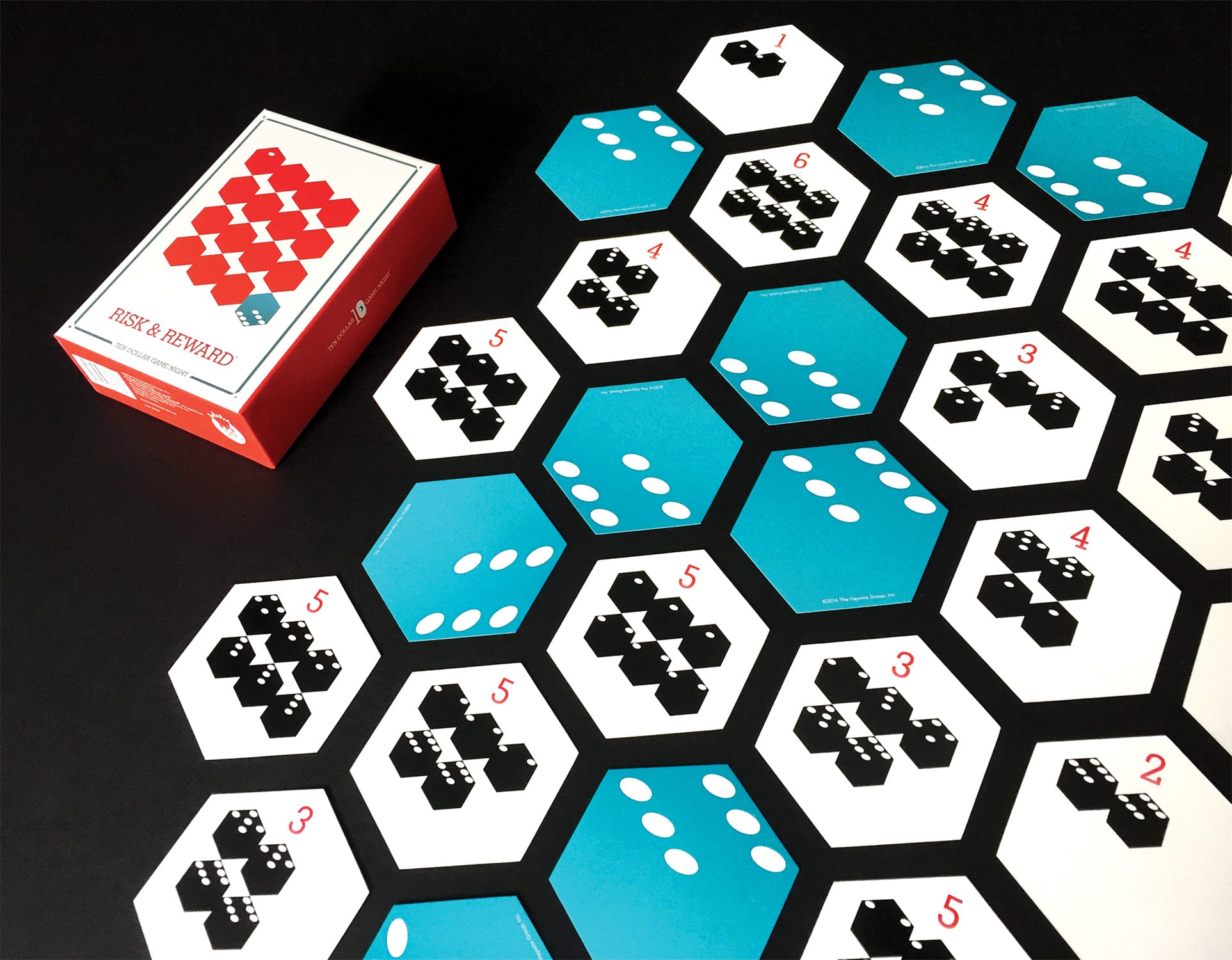
Do you accept product designs that are drawn on cocktail napkins?
Sure. We love cocktail napkin designs, but our factory personnel don’t. Cocktail napkins let our project management process really shine. Our project managers will start with your rough design and work with you refine it to the point where our factory people can turn it into a actual product.
I want to use my unemployed cousin to do the graphic design for my game, because he took a design class in high school back in the day. Is this a good idea?
Really? I suppose you can throw your cousin a bone, but the graphic design is one of the most important things about your product. It can make or break the product’s commercial success. Think about it this way- your graphic design sets the tone for what your product is all about. It is what the retail buyer is looking at and making a judgment about before they decide to devote shelf space to it. It communicates to the consumer what this game experience will be if he or she makes the decision to purchase it (and they haven’t made the decision to purchase until they’ve made a subconscious evaluation of your product based on the graphic design). It serves as your silent salesperson when it is sitting on a retail store shelf or posted on an online sales site and you aren’t around to make a personal sales pitch to the prospective buyer. Am I making my point clear? Choose your graphic designer carefully, young Padawan. A bad decision regarding the graphic design can add weeks or months to your project timeline, as well as the commercial success of your product.
What digital files formats do you use? Should I also provide you with hard copy print outs of my artwork?
We can accept Adobe Illustrator .ai and Adobe .pdf files. Files must be submitted in CMYK format. All placed raster images should be 300 DPI and in CMYK color mode. If submitting in Adobe Illustrator, please outline all fonts and include all placed raster images in a separate folder. Any CAD files should be submitted in .stl format. When submitting digital artwork files, please provide us with a hard copy print out of your artwork for matching colors when in production.
Getting Started

I have an idea for a game. Now what?
Of course, it goes without saying that doing your homework and researching the market for your game is critical. Keep in the mind that the idea for the game is just that- an idea. The next critical steps are what turn your great idea into a commercial success.
Remember the age-old of marketing: Product, Price, Place, and Promotion. Know whom your target market for the game is, how to reach them, what they are willing to pay, and who the competition is for your customers attention.
Once you’ve done your homework, you’ve developed your business plan, it’s now time to figure out what the physical product should be. That’s were we can be of service to you. Our project managers can work with you to determine what components are most appropriate for your product. We can help with the packaging. We can even provide graphic design services. Once the details of the physical product are decided upon, we can provide you with a manufacturing proposal. This proposal will identify such issues as the cost to manufacture the product, preproduction set up costs, the detailed specifications of all components, how they will be assembled, and how they will be packed for shipping purposes. We can even estimate the cost for product safety testing and overseas freight forwarding if needed. Our project managers can walk you through the whole process.
What is the minimum order quantity?
For products that are heavy on printed materials and standard game components, 5,000 units is a typical starting point. That said, some products may require a higher minimum production quantity. For example, if your product is going to be packaged in a metal tin, our supplier will typically require a minimum production quantity of 10,000 tins to be manufactured. Also, a product with custom electronics will typically require a much larger quantity of IC chips to be produced.
It all boils down to talking to one of our project managers about the components in your product- we’ll try to match the production quantity that is most economically viable for our factory with your production needs and appropriate level of investment.
How do you determine the cost to produce a game?
It’s pretty straightforward, involving the calculations of materials costs (this explains why it’s closely tied to your detailed product specifications), estimation of machine utilization time, and manufacturing and assembly labor.
Such issues as production quantity and timeframe play a role as well. Your planned production quantity is important because up to a point as the production quantity increases, the cost per unit effectively drops as well. Numerous factors come into play here but the principal is that setup costs, machine utilization, assembly labor, etc. are all amortized across a larger production volume, thereby reducing the cost per unit of those expenses.
Product safety testing

Is safety testing required for my product?
It depends. There are several factors to consider such as age grading, where the product will be sold, etc.; and my gosh, it’s real dry stuff! Standards and regulation differ between countries and your product should be reviewed/tested through a certified 3rd party lab to ensure compliance. We can help guide you in the right direction though; we is smart.
How much does safety testing cost?
It depends on the type of tests that need to be conducted. This is impacted by a number of factors- the materials that are used in the manufacturing of your product, the age grading, the countries where the products will be sold, etc. While your product should be reviewed by a certified 3rd party lab who can issue the actual cost, we can offer you an estimate if you ask oh so sweetly.
Legal Issues

How is my intellectual property protected?
The factories in China that we work with are based on very strong, long term relationships. We are always careful to protect our client’s intellectual property by ensuring that the factory personnel we work with will not violate the trust we place on them to not allow IP to be used for any production of products other than the product we produce for you.
Also, in an effort to stem the tide of counterfeit products, the Chinese government has put procedures in place that require factories to show proof of authorization to produce products with licensed properties before they are allowed to be exported out of the country.
Do I need to have product liability insurance?
Depending who you’re selling your products to (mass market, independent stores, online retailers, etc.), product liability insurance may be required. It’s a very good idea to have this insurance, but it can be expensive. But, the stakes increase depending upon the type of product you are bringing to market, and the age grading of your product.
The very last thing you want to be faced with is a product liability lawsuit, as the financial risk to your business or your personal assets can be enormous. Talk to an insurance professional about this- it will be time well spent.
Should I be incorporated?
This is a really important area where proper research and advice is critically important. You should definitely get good legal advice from a lawyer. Any cost you’ll incur in this area will be money very well spent. It’s all about liability, protection of personal assets, tax issues, and meeting legal requirements. Laws vary from among states, provinces, and countries.
Product distribution

How do I get my product distributed in retail stores?
Ah, the magic question! Let us count the ways:
- Set up a booth at an industry trade show
- Advertise in industry magazines and online buyer resources
- Engage in direct mail campaigns to targeted retailers
- Send samples to key buyers and then diligently follow up
- Pound the pavement getting independent retail stores to agree to carry your product
- Sell your product to retail product distributors who have existing relationships with retail chains and independent stores
- Establish a relationship with independent sales reps who are making sales calls to independent stores, retail chains, catalog retailers, etc.
- Offer your product online initially, thereby creating a buzz over time
What manufacturers suggested retail price (MSRP) should my product be?
A REALLY important question! There’s no magic formula- with a little research you’ll quickly see that retail prices are all over the map. There are many factors, however, that go into the pricing strategy.
Games for younger children tend to be lower in price. These products are typically found in Mass Market retailers, where price sensitivity is much higher.
Those with a large amount of intellectual property and/or components (Strategy, RPGs, CCGs, etc.) tend to be higher in price, as the value of the intellectual property and the physical components are higher.
The laws of a free market system are alive and well in the game industry, and the suggested retail price that you choose for your product is ultimately heavily influenced by your competition. Take a look at the retail prices that other companies charge for similar products, and you’ll get a good idea of where your pricing should be in order to be competitive.
One last word of caution here- if you set a retail price for your product that is on the high side, you can always reduce the price in the future if the product isn’t flying off retail shelves. If you set your retail price too low, however, you’ll have much more difficulty trying to increase your price when you realize your profitability isn’t where it needs to be.
Should I be working with independent sales reps to sell my products? What about product distributors?
The short answer is it depends. The longer answer is that your sales efforts (independent sales reps, product distributors, or your own website selling directly to consumers) should be a function of matching the type of product you created with the retail channels you want to pursue (independent stores, mass market chains, web sales, etc.).
If your product is marketed to consumers who are usually buying similar products at specialty toy or hobby retailers, then your sales may be most effective if you sell through independent reps or product distributors who are focused on selling to independent retailers. If you have developed a product that is more typically found in mass market stores, then you will most definitely be best served if you can find a sales rep who has an existing relationship with mass market retailer buyers.
